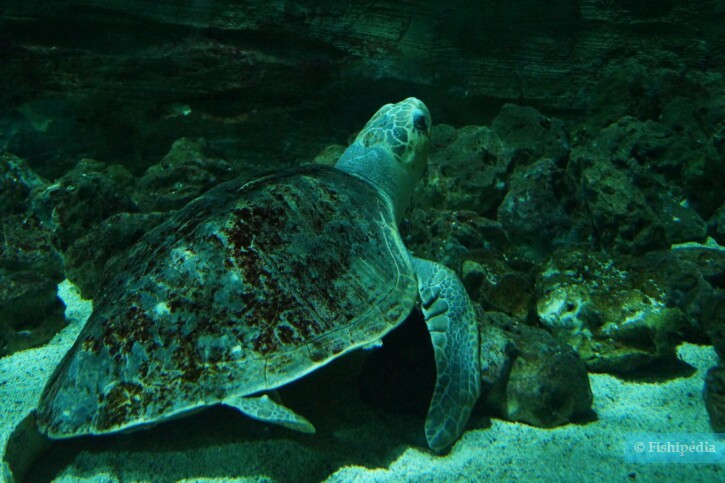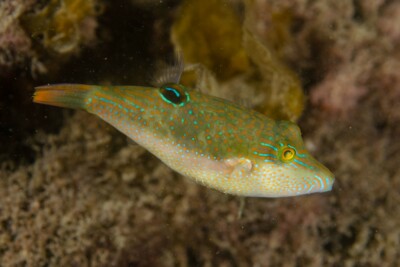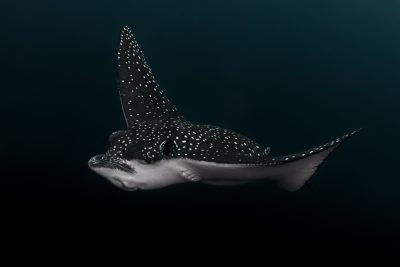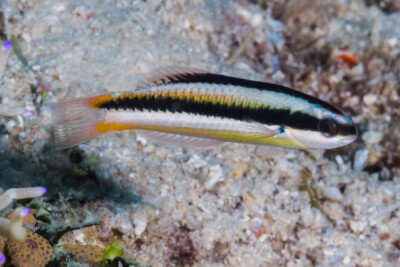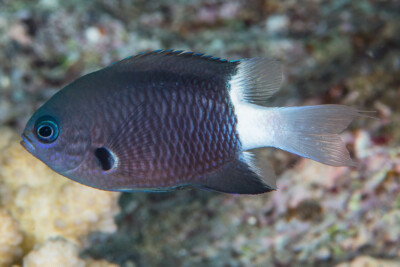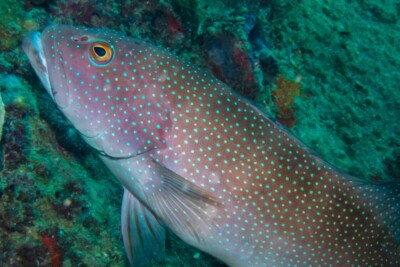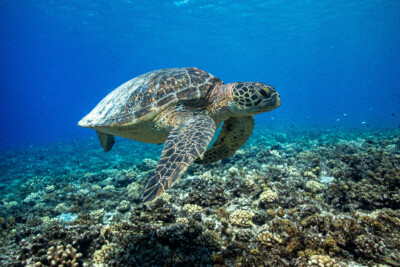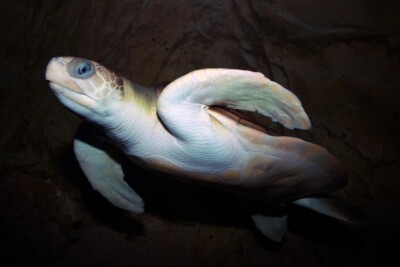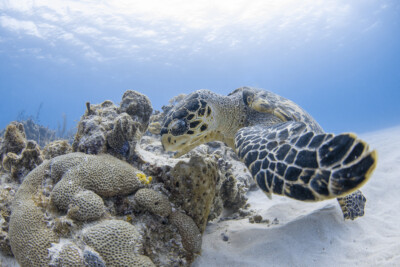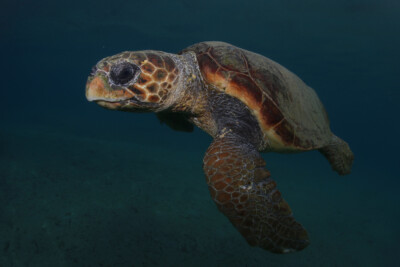olive ridley turtle
| Scientific name | Lepidochelys olivacea |
|---|---|
| Descriptor | Eschscholtz |
| Year of description | 1829 |
| IUCN category (World) | VU |
| Family | Cheloniidae |
| Genus | Lepidochelys |
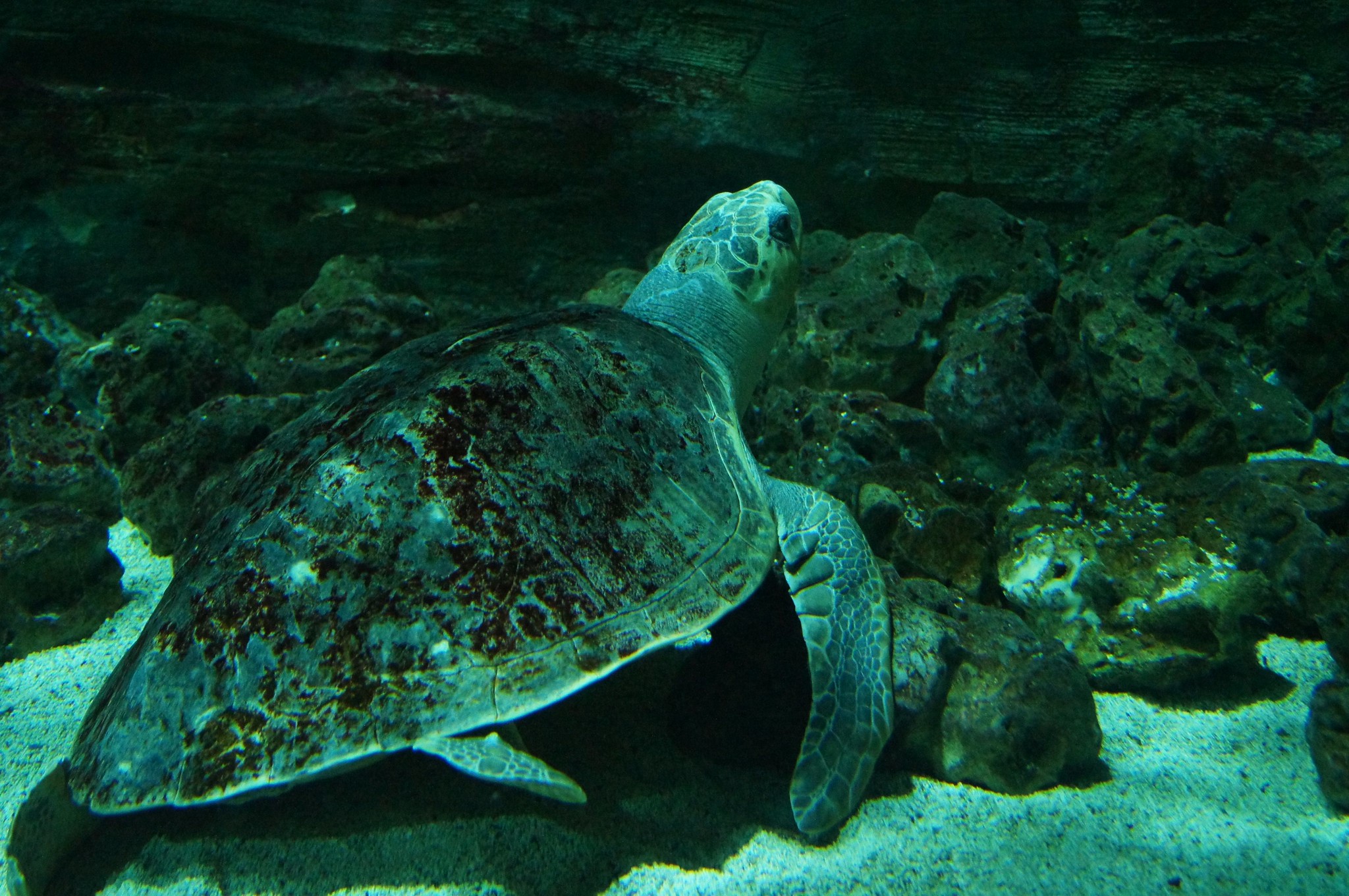

Introduction
Lepidochelys olivacea, commonly known as olive ridley turtle, is a salt water reptile.
This sheet is currently being prepared. The texts currently proposed come from our data model or are being drafted. To request priority for this content, you can write to us HERE.
Who is it?
Morphology
-
Type
-
Size60 - 75 cm
-
Weight30 - 50 kg
-
Mimicryrocky bottoms
-
Longevity55 year
-
Type
-
Size60 - 75 cm
-
Weight30 - 50 kg
-
Mimicryrocky bottoms
-
Longevity55 year
How to recognize This reptile ?
The olive ridley turtle measures between 60 and 75 cm. This reptile is bicolore with a predominantly bleu and gris body.
Behaviour & Life cycle
-
SociabilityThe following information corresponds to the mode of sociability once sexual maturity has been reached.solitary
-
Way of livingdiurnalAn animal is said to be diurnal when it lives during the day.
-
VenomousNo
-
Dietpredator
The olive ridley turtle is a reptile solitary. This species is carnivorous .
Although the olive ridley turtle is non-territorial, it is sometimes aggressive towards other species.
Reproduction
-
Reproductionovipare qui enfouit ses œufs
-
Clutch size100 - 150 eggs
The olive ridley turtle is a reptile ovipare qui enfouit ses œufs.
Harmless species
This species does not represent any particular threats to humans when encountered in its natural environment.
Origin and distribution

What is its habitat?
Natural environment characteristics
-
Temperature22 - 29 °C
-
Depth0 - 200 m
Biotope presentation
The olive ridley turtle is most often found at a depth between 0m and 200m. However, it is not impossible to find this species at other depths.
Species of the same biotope
To go further
Sources & Contributions
Participation & Validation
The Fishipedia team and specialist contributors are committed to providing high-quality content. However, although the information comes from scientific sources or testimonials from specialists, the cards may contain inaccuracies.

Benoit Chartrer
Translation
Translation done with the valuable contribution of our translators, who make this information available to a wider audience. We sincerely thank them for their commitment.
Scientific partners
Tags
#Cheloniidae
#Lepidochelys
#fonds rocheux
#fonds vaseux
#plein eau
#Turtle
#Bay of Bengal
#Persian Gulf
#Great Barrier Reef
#mer d'Oman
#Caribbean Sea
#Philippine Sea
#South East Asian Seas
#Indonesian seas
#Océan Atlantique Bahamas
#Atlantic Ocean: North Coast of Brazil
#Océan Atlantique Est Afrique - Golfe de guinée
#Océan Atlantique Est Afrique - Transition & Cap Vert
#Southwest Tropical Atlantic Ocean
#East Indian Ocean
#western Indian Ocean
#Galapagos
#Océan Pacifique Nord Est Tempere Chaud
#Océan Pacifique sud-est tempéré chaud
#Tropical Eastern Pacific
#Western Tropical Pacific Ocean
#Galápagos Islands
#Réunion
#New Caledonia
Species of the same family
Species of the same biotope
